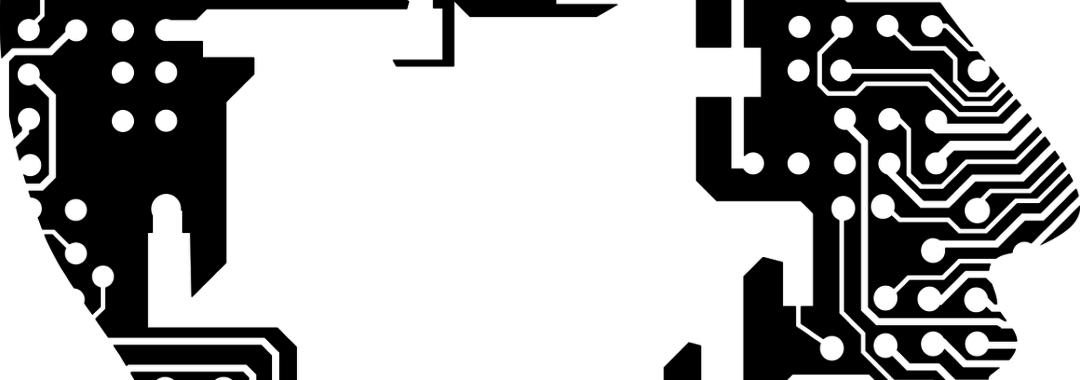AI (Artificial Intelligence) is often defined as the ability to make computers do things that require a degree of intelligence when done by humans. And machines that work and react like humans is the aspiration.
So, if we can teach a machine to do something by entering data, the machine can predict characteristics of a new data set. The downside is that, for now, it requires huge amounts of human input to enable the machine to learn.
AI is all around us. Amazon helpfully recommend other products we may like to view; their robots physically move product around their “sheds”.
There is a further nuance – Applied AI – where computers can intelligently trade stocks and shares¹ or help reduce currency risk exposure. (Tectona have produced their own Entrepreneur’s Guide – “The Currency Conundrum” which is totally AI-free!)
The most noticeable, and recent (May 2017) pinnacle of AI being when Alphabet’s (aka Google) AlphaGo wiped the floor clean with the top human player in the world – China’s Ke Jie – at the ancient Chinese board game of “Go”.
Machine Learning is best considered to be the ‘leading edge’ of AI – AlphaGo or driverless cars being obvious examples.
So what will AI mean for us?
In short order, we will see human translators becoming unnecessary (Google already has very capable, if not perfect, translation software).
Closely followed by bank tellers/cashiers – why have a human when ATMs can do it for you?
Ultimately, there will be fewer journalists needed to write the news of the day.
VR (or Virtual Reality) immerses the user in a parallel world using some form of hood (with interesting results when your virtual world is interrupted by your real world getting in the way). Think: riding a roller coaster or swimming with sharks.
AR (or Augmented Reality), by contrast, does not completely fill your vision and is therefore not so immersive – but still technically very impressive. It is often viewed through your mobile handset driven by QR codes. Think: those sharks popping out of your business card in 3D.
¹ But there is a downside to this. April 23 2013, Associated Press Twitter feed tweeted “Breaking: Two Explosions in the White House and Barack Obama is injured.” It had been compromised. It was not aimed at the President but the markets. The state of the art AI machines running complex trading algorithms picked out the keywords – explosion, Obama, White House – and went on a selling spree. The cost to the market in seconds? £108.5bn ($136bn)
And to confuse matters further, there is something called XR (Extended Reality) which defines the whole spectrum of what we might call “enhanced reality”.
The much maligned “millennials” are demanding (and therefore driving) big change in the financial services world. They want instant access to all their account details. And they want it all without having to leave the comfort of their own home.
Expect to see more Voice Activated Displays (Google Voice).
Expect mapping our financial transactions to help an individual readily identify fraud.
One of our clients – a wealth manager – is beginning to provide dry financial performance data in a quick and easy to understand – and very visual – way.
Financial advice will very soon follow the same path of analysis and prediction as the Amazon “recommended for you”. Ultimately, we will be getting financial advice before we even realise we need it!
No matter where we are in the world we will be able to perform transactions without having to meet our bank manager (who will probably be virtual or only exist for the more complex lending decisions anyhow).
The only fly in the ointment is the answer to this hanging question:
“How much do we trust AI with our money, or indeed our lives?”

